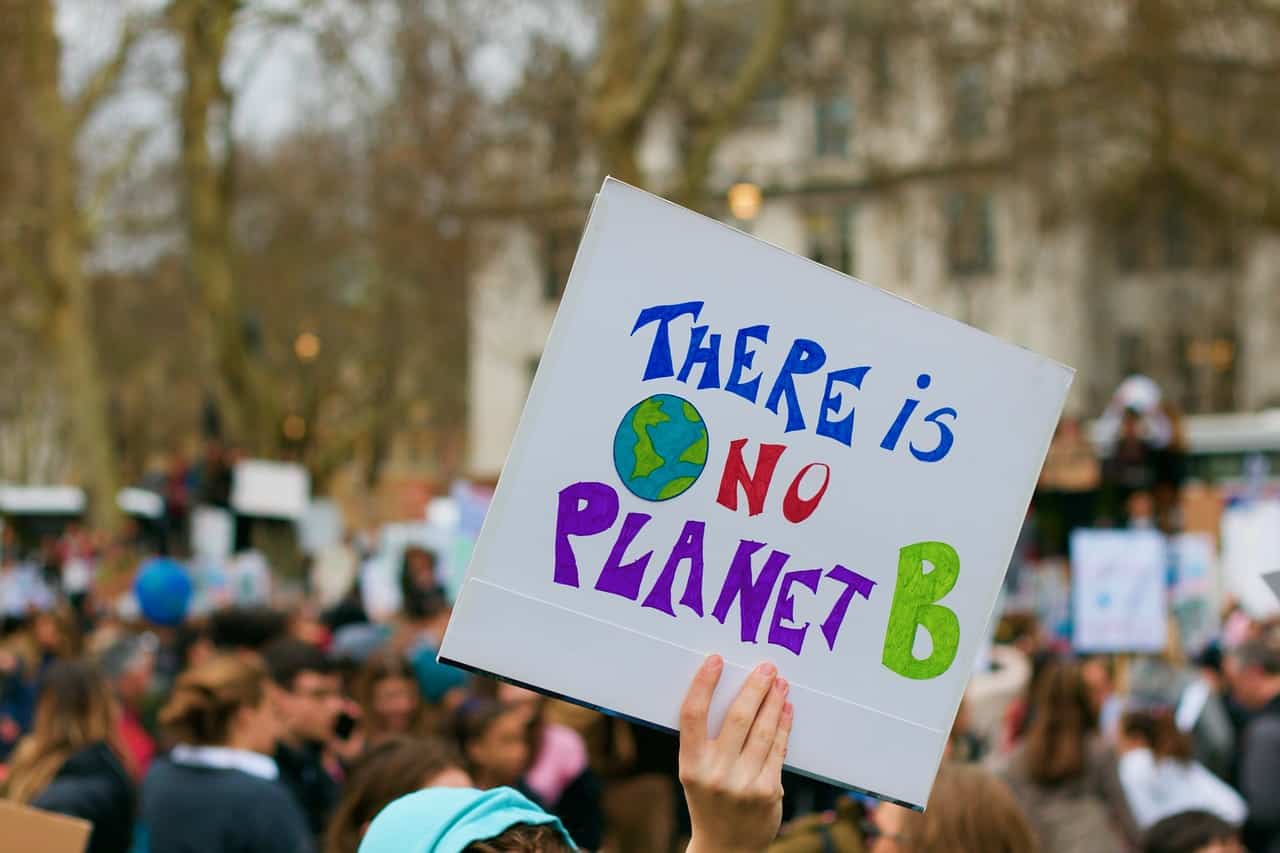Young activists have a lot to teach the world about the climate crisis and how to approach these issues in the future.
Greta Thunberg has become a household name worldwide — a determined, young Swedish woman who, at the age of 16, became a familiar face in the global climate strike on September 20 in 2019, inspiring over four million demonstrators to join the movement.
While Thunberg has earned her right to be recognized as a leading eco-warrior, she isn’t the only young environmental activist making a mark on the world.
An eight-year-old Mari Copeny became infamous for her letter to President Barack Obama regarding the water contamination in her hometown of Flint, Michigan, ultimately being dubbed “Little Miss Flint.”
Xiuhtezcatl Martinez is another youth activist and environmental hip-hop artist who served as Youth Director of Earth Guardians. This organization integrates music, art and storytelling to address significant environmental issues and effectively train and mobilize other youth activists.
Of course, Thunberg, Copeny and Martinez are only a small sample of teen eco-activists working tirelessly to create positive change for future generations. Collectively, young activists have a lot to teach the world about the climate crisis and how to approach these issues in the future.
Here are five lessons we can learn from young environmental activists.
1. Diversity is at the forefront
Environmental racism often means people from disadvantaged communities not having access to clean ecological resources, with environmental hazards and pollution most likely impacting low-income and marginalized communities based on race.
Youth environmental activists have rooted their efforts in addressing racial inequities in their climate-focused mission, shedding light on the lack of diverse voices and increasing representation for people of all cultural backgrounds, disabilities and gender identities.
Young people learn and educate others about environmental racism, providing a much-needed platform for underrepresented individuals to express how they’re most affected by climate change.
2. Social media is a powerful tool
As of July 2021, an estimated 4.8 billion people use social media platforms and youth climate activists have recognized the potential to reach the masses and encourage participation in their movement.
Information spreads quickly through social media applications, such as Facebook, Twitter, Instagram and YouTube, enabling activists to effectively raise awareness about environmental issues with visuals and video and connect with users worldwide.
Social media is also a helpful tool to educate those who may not have access to more standard mainstream media networks.
3. Accountability is key
People under 18 are deemed by law to be too young to vote for political leaders who align with their green ideologies; however, they haven’t let this hinder their environmental efforts.
Some youth-led organizations, such as the Sunrise Movement, develop ways to express young people’s environmental perspectives and concerns to the U.S. government, making the fight against climate change their full-time job.
Members of the Sunrise Movement have become capable collaborators in finding solutions to green jobs, environmental racism and the COVID-19 crisis—calling out lawmakers who stand in the way of progress.
While young environmental activists may not directly involve themselves in decision-making, they can still hold people in power accountable for their actions and encourage change. Whether it’s a ban on fracking or a push for more sustainable and healthy food, leaders know their actions are being closely watched and judged by future voters.
4. Information must be accessible
The U.S. is a melting pot of different cultures, with droves of people settling from around the world. According to the 2020 U.S. Census Bureau report, about 40% of Americans classify as a race or ethnicity other than white. Similar multicultural societies exist in Europe and elsewhere as well.
For this reason, youth environmental activists recognize the importance of accessible information. The latest trends in environmental science must be interpreted in a way that resonates with ordinary people and translates into several languages.
The average person shouldn’t struggle to understand the policies or ecological issues that impact them directly. For example, “carbon sequestration” may be better understood as the “way in which carbon is removed from the air.”
Another example is “common-pool resources,” which are “water basins, forests and fisheries that everyone shares.”
5. Environmental youth activism is for everyone
Of all the essential lessons we can learn from youth environmental activists, you’re never too young or old to get involved.
Young people may not be able to vote, but they can participate in civic engagement in their local communities or at the national level. For some, the climate crisis takes them far and wide internationally.
According to a 2020 survey by Tuft University’s Center for Information & Research on Civic Learning and Engagement (CIRCLE), 80% of respondents believe the power of change rests in their capable hands, while another 79% feel the pandemic underlined how politics impact their daily lives.
With all this in mind, it is clear that young people play vital roles in the fight for a healthier, sustainable earth. By mobilizing and carrying these issues to the forefront of political, economic and behavioral changes, they’re paving the way for climate reform and racial equality for future generations.
This story first appeared on Sustainability Times
© 2022 Sustainability Times.
This article is licensed under a Creative Commons Attribution-ShareAlike 4.0 SA International License.












